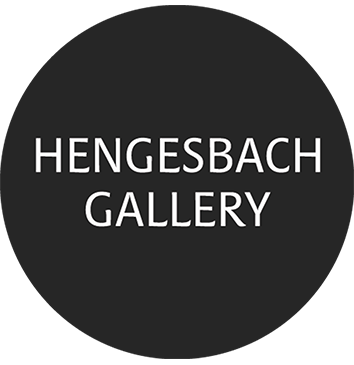DIETER KIESSLING
February 19 – April 14, 2023
Interview
Rolf Hengesbach and Dieter Kiessling discuss the exhibition. To watch the video on YouTube, click here for Part 1, here for Part 2 und here for Part 3.
Works
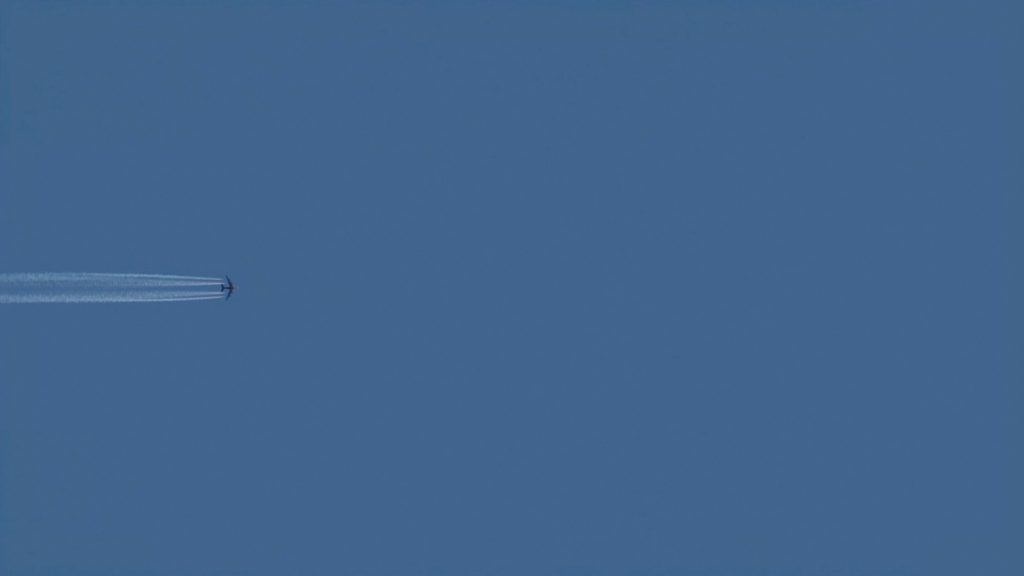
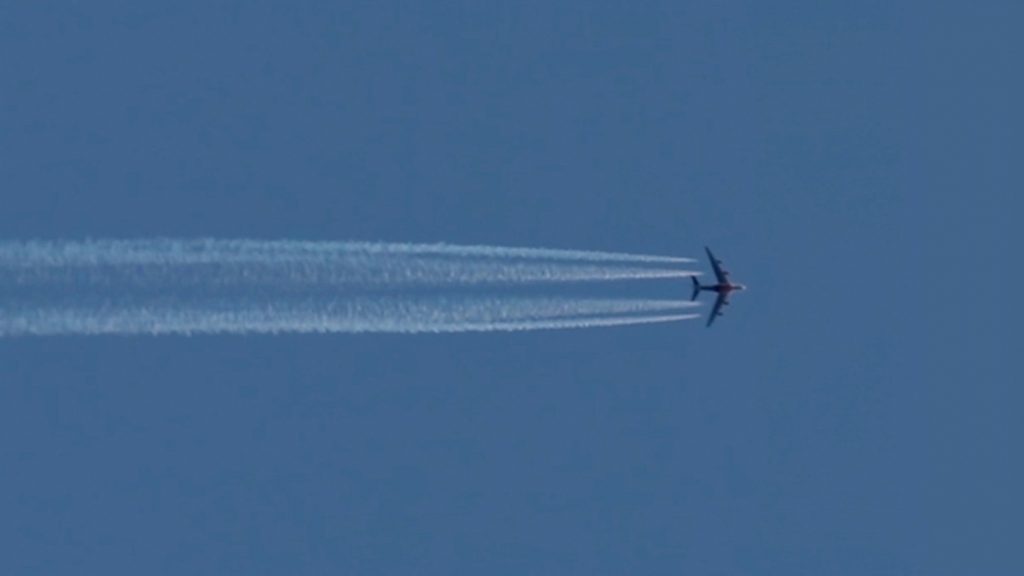
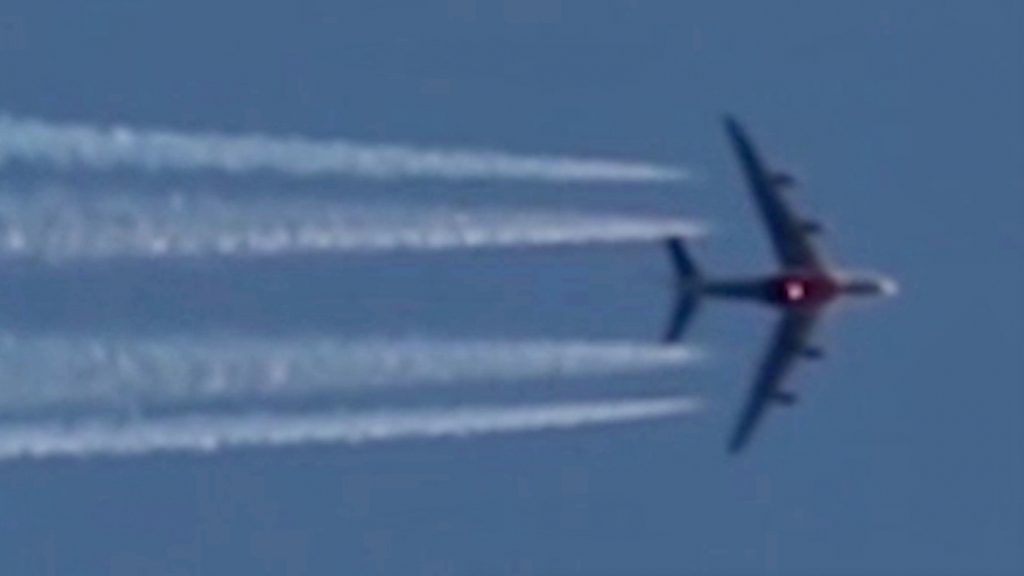
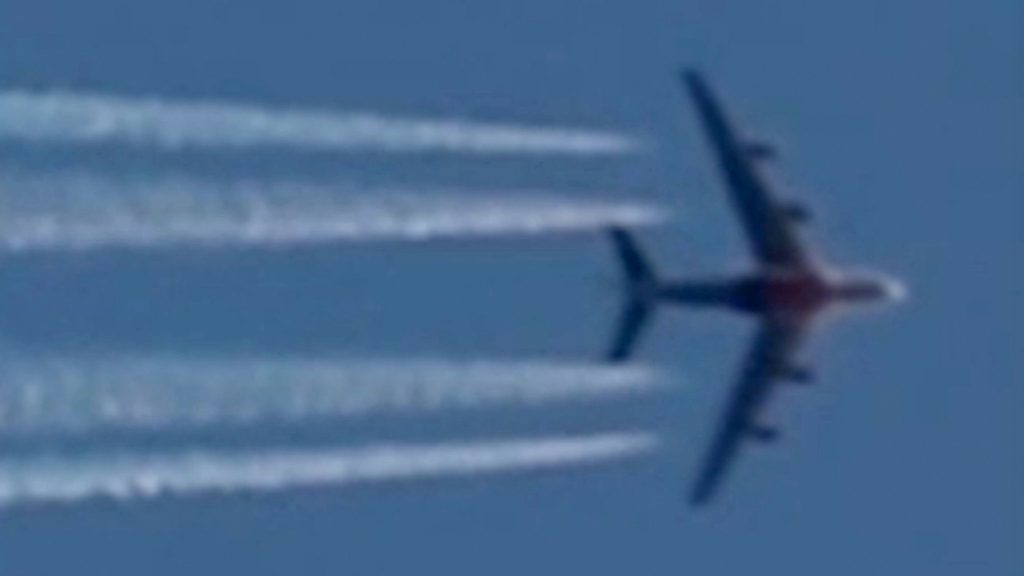

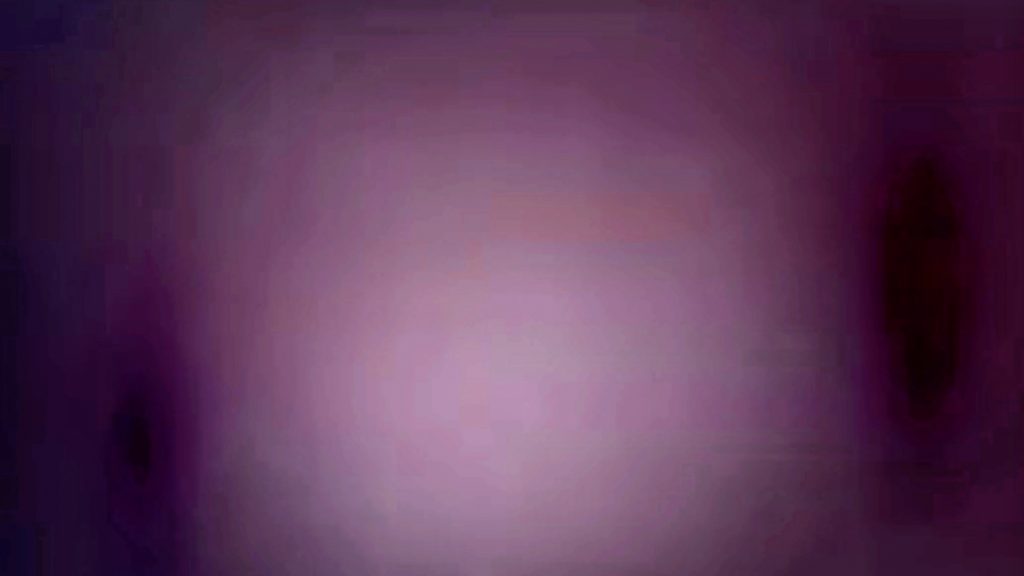
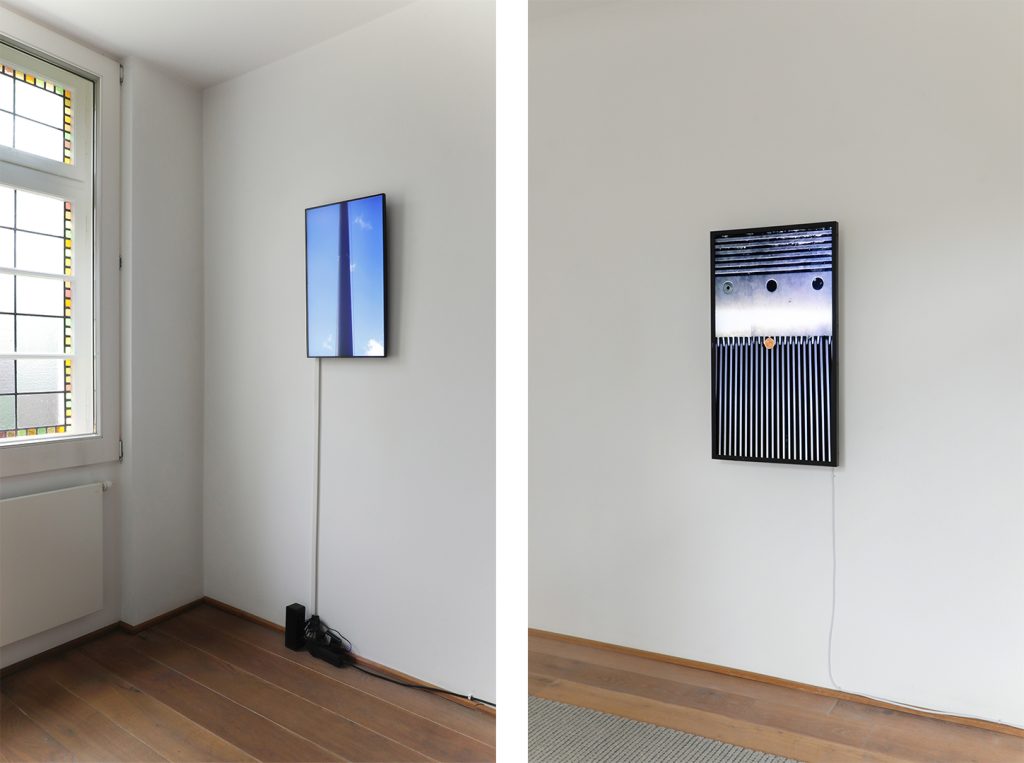
left: Pole, 2020, Video loop, dimensions variable (video still)
right: Money, 2020, Video loop, dimensions variable (video still)
Dieter Kiessling develops from a critically analytical approach to our media distinct condensations of opposing, existential basic drives. He picks up simple processes from our lives, extracts them from the diffuse noise of our environmental experiences, and focuses and concentrates them as media representations. In their ambivalence, these processes then become readable as self-experience processes, such as when looking at the sky or into the waves of the water or at the endpoint of an escalator where a small periodic noise has settled. Crucial here, however, is the framing of the excerpt, the perspectival access, the appropriate merging of image and sound, and the media stabilization of a moment. In the depiction by the media, a condensation of perception occurs for us. The processes themselves are simple movements, mostly trivialities, not actions or narratives of human events, and yet the human is invisibly the center and the recipient of these processes, because only through his expectations can he decode these processes, charge them with meanings and sense so that they can be read in their mediality as abstract selfies.
**Plane 2**: In a flawlessly blue sky, a tiny airplane enters our field of vision. It traces a straight line and will disappear from our view in a few moments. Nothing more. It moves so smoothly, effortlessly, and weightlessly, leaving behind four fine white contrails in the sky. At first imperceptibly, the pictorial medium slowly brings it closer to us. In the wavering of its increasing blur, the technical body finally becomes a being that oscillates back and forth between the two primary colors of blue and red, increasingly reminding us of our own liveliness, bringing to mind our beating heart. As the jerking white flashes become more pronounced, our realization grows that all visibility and all attention to the world is only possible on the basis of light, and our reception and interpretation of light occurs solely from and through our body. The look into the blue sky, into an unmarked, flawlessly blue field of perception as the open, intangible, withdrawn, into an apparently free space, flips in the course of about 10 minutes into a look at us and our own looking. From the targeted, technical body as a counterpart, something organic emerges in the media transformation process, leading to an identification with the object and then into a reflection on our being alive.
**Money**: an escalator moves towards its end platform with the locking hinge, where a small penny regularly clatters. It is nudged repeatedly by the force of the relentlessly advancing mechanics, but the impetus is not strong enough to push it over the locking threshold: a helpless plaything of higher forces, yet simultaneously entering a period from which there seems to be no escape. The escalator is meant for overcoming heights; it is something transitory, but the penny remains trapped in the ascent, hitting an insurmountable barrier. He articulates the cycle of life insofar as each day begins and ends the same, always moving a little bit forward and then back to the beginning, similar to the year, there is no progress, no change, just a steady pulsation of a cycle. And yet, the penny is in such a good horizontal position that it is not swallowed by the maw that would likely have crushed it.
**Pole**: A flagpole stands robust and rigid against a blue sky dotted with delicate clouds. A strong wind drives not only the clouds but also reveals the lightly tensioned metal cables, hidden behind the mast, used to raise flags, bringing them into view and rhythmically striking against the mast. To this sound is added another, the ringing of bells. Both sounds, with their different rhythms, overlap. Bells call to a service at a nearby place, while the clouds drift into unreachable distances. The wind driving the clouds marks the here with the striking of the cables. The flagpole is a carrier of symbols, making signals visible to our social interactions, while the bells, calling to an event, speak to a different kind of community. The rope transports the meaning of the flag upwards. Through our hands, the rope is pulled up. It represents us. The rigid pole connects the ground we stand on with the above, where we often project our wishes and from which we sometimes expect our salvation. Sounds are vibrations that move with the wind and that we can decipher. The clouds in the flawless blue sky, on the other hand, are an intangible element, only occasionally do we decipher them as the white silhouette of things or beings that inscribe themselves in the sky. We are tossed back and forth between the distant and the near, between the above and the below, between the rigid that holds us and the lightly movable that allows for vibrations.
**Divide**: Waves on water continuously moving into the distance, created by a ship moving toward an unseen destination, leaving waves in its wake. The waves are divided into two poles, most pronounced at the edges, on the left a frothing of the waves into brightness, light, on the right a frothing into darkness, smoky burnt. Towards the center, the waves seem to weaken and come to a balance. In the middle, a calmed gray trench opens up. Will we fall into it? The boat, from whose stern these wave events were recorded, is not visible, there are no human sounds, only the steady noise of the waves. We find no reference point for the speed of movement, is it happening at all? Is there a destination or is there just the eternal play of forces without progress or development, in the positive ascending direction and in the negative destructive direction? A film title from the seventies stated: ‘in danger and greatest need, the middle way brings death’.
We have titled the exhibition ‘Against the Horizon.’ The title is ambiguous. The preposition ‘against’ can mean spatially as a turning towards, aiming at a target, but it can also denote confrontation. The horizon itself is a peculiar phenomenon: it is the edge of what is visible in the far distance, yet it remains unattainable. It is not something solid but an imaginary boundary. At the same time, it forms the background against which everything else is set. Applied to our lives, there can be both tendencies: to accept the background of all actions or to want to detach from this background, a dialectical back and forth between captivity and attempts at liberation. Dieter Kiessling’s new video works distinctly demonstrate this ambivalence.
Rolf Hengesbach
